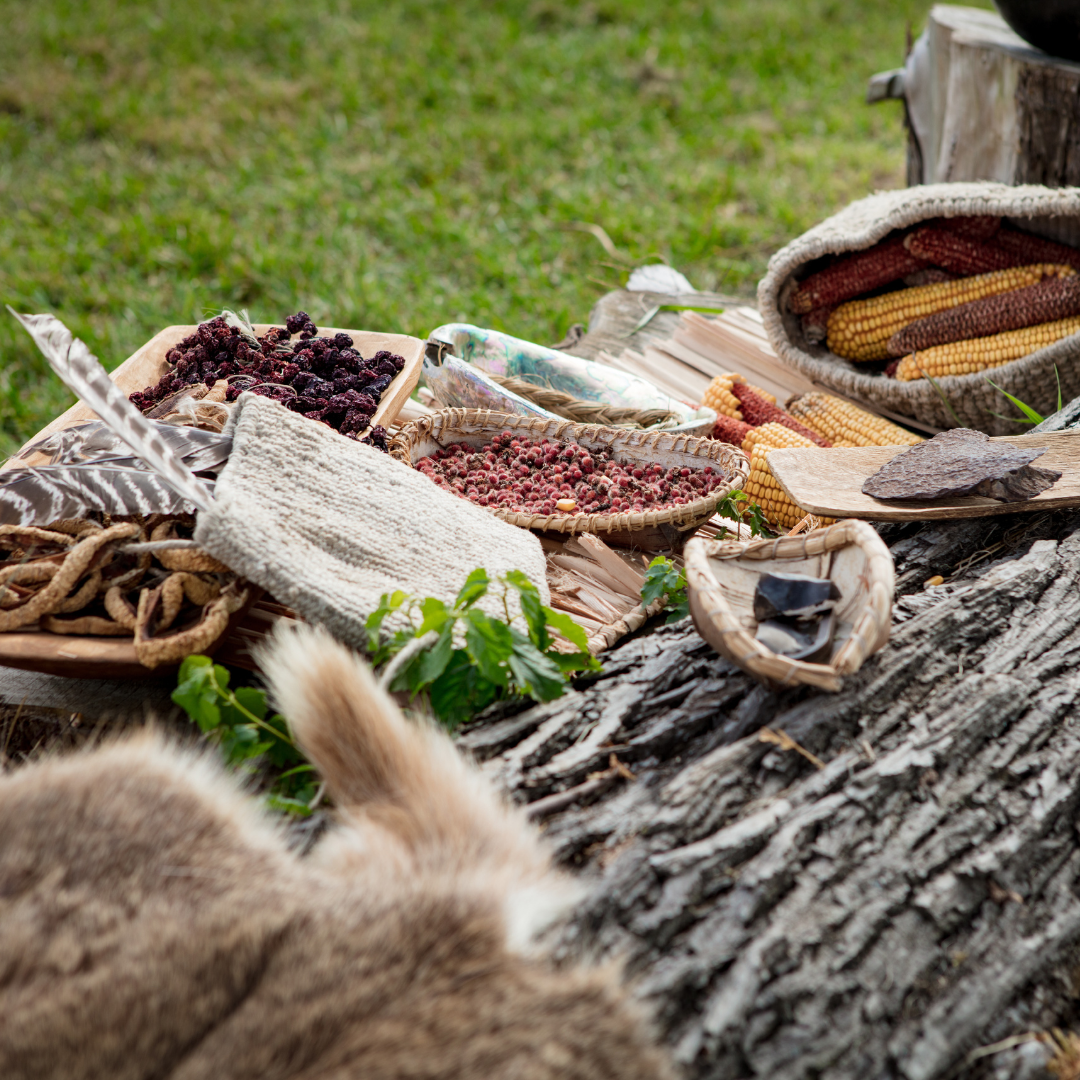The Native Americans of North America used a wide variety of plants medicinally during the 1500s and 1600s. Using various tree parts for medicinal purposes is an important part of Native American history and culture. Here are some examples:
- White Pine (Pinus strobus): The inner bark of the white pine was used to make a tea that was believed to help relieve colds, coughs, and fevers.
- Black Cohosh (Actaea racemosa): This plant was used by Native Americans to treat menstrual cramps, hot flashes, and other women’s health issues.
- Goldenseal (Hydrastis canadensis): Native Americans used goldenseal as an anti-inflammatory and to treat digestive issues.
- Echinacea (Echinacea purpurea): This plant was used as a remedy for colds, flu, and other infections.
- Slippery Elm (Ulmus rubra): The inner bark of the slippery elm tree was used to make a soothing tea for sore throats, coughs, and stomach problems.
- Black Cherry (Prunus serotina): Native Americans used the bark and leaves of the black cherry tree to treat coughs, colds, and other respiratory issues.
- Witch Hazel (Hamamelis virginiana): This plant was used as an astringent and to treat skin irritations, such as cuts, bruises, and insect bites.
- Sweet Fern (Comptonia peregrina): Native Americans used sweet fern as a tonic and to treat digestive problems.
- Wild Ginger (Asarum canadense): This plant was used as a digestive aid and to treat headaches and colds.
- Bloodroot (Sanguinaria canadensis): This plant was used as a topical treatment for skin conditions, such as warts and ringworm.
- Oak (Quercus spp.): Native Americans used different parts of the oak tree for a variety of medicinal purposes. For example, they would use the bark to treat digestive issues, the acorns for diarrhea and dysentery, and the leaves to soothe sore throats and skin irritations.
- Sarsaparilla (Smilax spp.): The roots of the sarsaparilla plant were used by Native Americans to treat a variety of ailments, including arthritis, skin conditions, and respiratory issues. They would make a decoction of the roots and drink it or apply it topically.
- Sassafras (Sassafras albidum): The roots and bark of the sassafras tree were used by Native Americans to treat a variety of ailments, including fevers, diarrhea, and rheumatism. They would make a tea from the roots and bark and drink it.
- Willow (Salix spp.): Native Americans used the bark of the willow tree to treat pain and inflammation, as it contains salicin, which is similar to aspirin. They would chew on the bark or make a tea from it to relieve pain.
- Birch (Betula spp.): The bark of the birch tree was used by Native Americans to treat a variety of ailments, including headaches, fever, and urinary tract infections. They would make a tea from the bark and drink it.
- Maple (Acer spp.): Native Americans used the sap of the maple tree to make a sweet syrup, which they would use as a natural sweetener. They also used the bark to treat coughs and sore throats.
- Peach (Prunus persica): The leaves and bark of the peach tree were used by Native Americans to treat a variety of ailments, including constipation and fever. They would make a tea from the leaves and bark and drink it.
These are just a few examples of the many plants and trees that Native Americans in the Northeast United States used medicinally. It’s important to note that traditional Native American medicine is based on a holistic approach to health and wellness, and that plants were often used in combination with other healing practices, such as ceremony, storytelling, and prayer. Their knowledge and use of these plants is a testament to their deep connection to the natural world and their ability to live in harmony with it.



